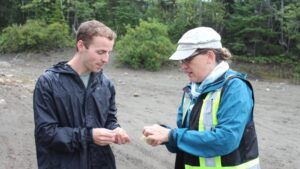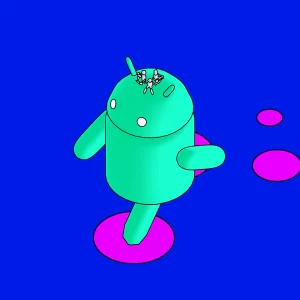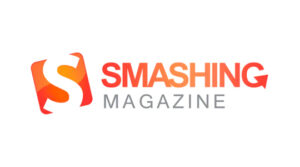Business Accessibility Toolkit

Deaf researchers are advancing the field of science — but barriers still hold many back
In a scrubby patch of forest near Halifax, Saint Mary’s University professor Linda Campbell and her master’s student, Michael Smith, squelch through mud, looking for lichens. The lichens they’re after can be used as natural biological monitors of pollutants from former gold-mining sites, like this one.

Usability & Web Accessibility – Assistive Technology
People with certain disabilities use display and input technologies to access online resources. There are several software and hardware solutions that have been adopted, commonly referred to as assistive technologies.

Usability & Web Accessibility – Navigation
In general, provide multiple ways to reach any page on a site. Doing so allows users to chose whatever way of finding pages is easiest for them. Users with low vision may find using search easier than navigating through a large menu. Users with cognitive impairments may prefer a table of contents or site map over clicking through many pages.

Usability & Web Accessibility – Create Accessible E-mails with Yale Message
Simple steps to creating accessible emails with Yale University message.

HOW TO MAKE THE MOST OF ANDROID’S ACCESSIBILITY FEATURES
Accessibility features aren’t exactly the most well-known pieces of the modern smartphone puzzle. And yet, they might be the pieces with the greatest potential to make a meaningful impact on someone’s life.

Usability & Web Accessibility – PDFs & Documents
Before distributing and remediating PDFs, determine whether a PDF is necessary. PDFs can be challenging to remediate for accessibility. Whenever possible, share content as a webpage and use PDFs sparingly.

Equivalent Experiences: Thinking Equivalently
If you’re looking for a more approachable resource for how to dig into what the WCAG covers, the Inclusive Design Principles would be a great place to start. The seven principles it describes all map back to WCAG success criterion.

Semantic Structure: Regions, Headings, and Lists
The originators of HTML—particle physicists sharing documents—had no interest in fluffy visuals. They set out to create a World Wide Web of machine-readable pages to display in every system and browser, including those that spoke text to visually-impaired users.

Web Accessibility Checklist
Images should have meaningful and contextual alternative text which describes the image. Alternative text is read by screen readers in place of images, displayed in place of images if the image is not loaded and provides semantic meaning to images which can be read by search engines.

Good, Better, Best: Untangling The Complex World Of Accessible Patterns
Marc Benioff memorably stated that the only constant in the technology industry is change. Having worked in tech for over 15 years, I can confirm this. Fellow tech dinosaurs can attest that the way the web worked in the early days is drastically different than many of us could have even imagined.

